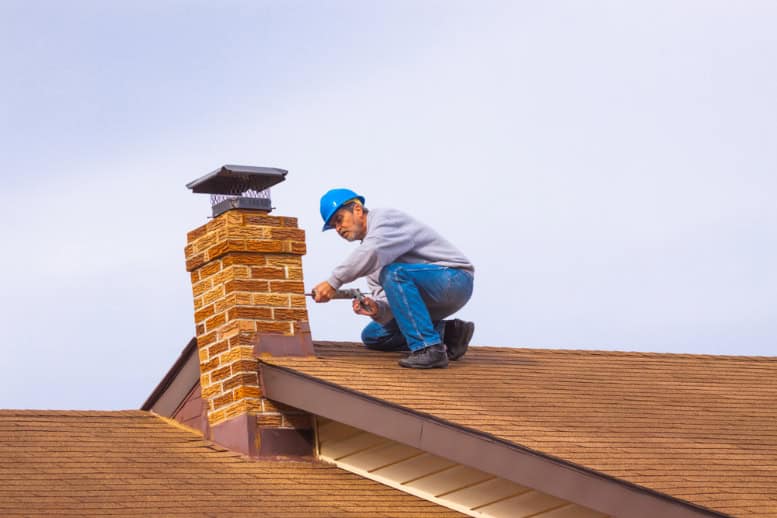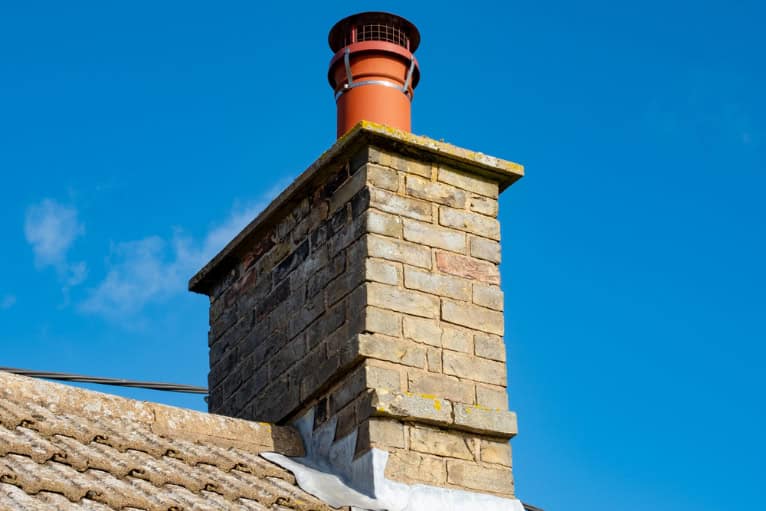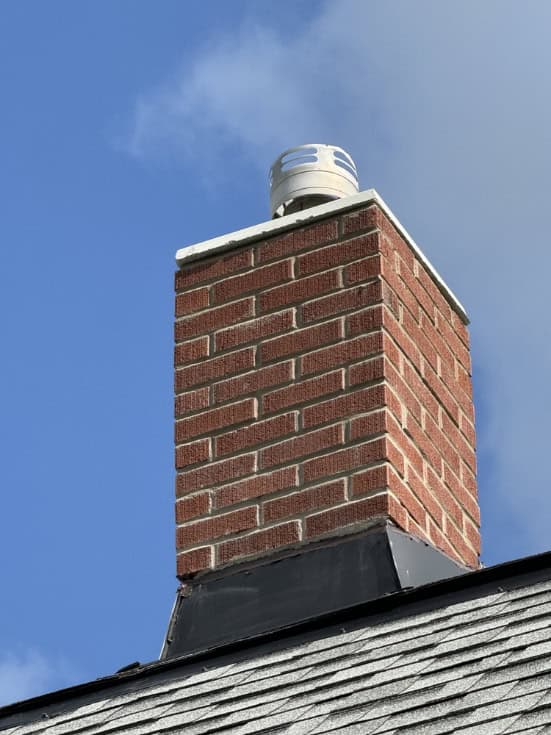Professional chimney leak repair that actually works the first time, protecting your Kingston home from costly water damage.

Hear from Our Customers

When your chimney stops leaking, everything changes. No more water stains creeping down your walls. No more musty smells that make you wonder what’s growing behind the drywall. No more lying awake during storms wondering if that drip is getting worse.
You get back to using your fireplace without worry. Your home value stays protected. Most importantly, you stop that sinking feeling every time it rains.
A properly sealed chimney means your heating bills don’t spike from drafts. Your damper works like it should. The white staining on your brick stops spreading, and your mortar joints stay intact through Rhode Island’s freeze-thaw cycles.
We’ve been fixing leaking chimneys in Kingston since 2000. The same experienced team that started this work over twenty years ago still handles your repairs today.
Every technician carries CSI certification from the Chimney Safety Institute of America. That’s not just a piece of paper – it’s proof we understand how water moves through chimney systems and how to stop it permanently.
You’re not getting a fly-by-night contractor who learned chimney work on YouTube. You’re getting professionals who’ve seen every type of leak Rhode Island weather can create.

First, we find where the water is actually getting in. Most leaks aren’t where you think they are. We check your flashing, crown, cap, and brick joints systematically until we locate every entry point.
Next, we explain what we found in plain English. No technical jargon about why your step flashing failed or why your crown cracked. Just what’s broken and what it takes to fix it right.
Then we repair it using professional-grade materials designed for New England weather. We’re not slapping caulk on a crack and calling it good. We rebuild flashing, repoint mortar, and waterproof surfaces so the repair lasts.
You get a free estimate upfront, so there are no surprises. If you need financing, we handle that in-house. Most repairs are completed in one day, weather permitting.

Ready to get started?
Chimney leak repair isn’t just about stopping water. It’s about understanding why your chimney started leaking and preventing it from happening again.
We rebuild step flashing where it meets your roofline. We repair or replace deteriorated chimney crowns. We repoint mortar joints that have cracked from freeze-thaw damage. When your brick is absorbing water, we apply professional waterproofing that lets moisture escape while keeping rain out.
Kingston’s coastal location means your chimney faces salt air, driving rain, and temperature swings that crack inferior repairs within a year. We use materials and techniques that handle Rhode Island weather long-term.
Every repair comes with our assessment of your entire chimney system. If your cap needs replacement or your damper is rusted, you’ll know about it. No surprises later.
